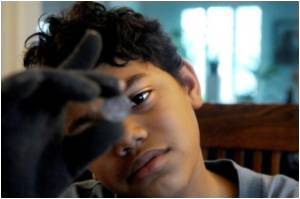
The researchers sought to determine the prevalence of psychiatric disorders in the early elementary school years and to examine the relationship between the sociodemographic and psychosocial risk factors and these disorders.
The study sample was ascertained through birth records, and represents one of the first longitudinal studies to evaluate psychopathology in children within the United States as they negotiate the transition to school.
One parent from each family of a subsample of 442 enriched for child psychopathology was interviewed using the Diagnostic Interview Schedule for Children-Version IV (DISC IV) to determine the diagnosis.
Parents were surveyed about sociodemographic factors, such as parental age and education, and poverty as well as psychosocial characteristics. Both parents and teachers of the children were surveyed about social competence.
Dr. Carter and colleagues reported that as children transition to formal schooling, approximately one in five (21.6 percent) will have a psychiatric disorder with impairment.
Advertisement
In addition, the risk of comorbidity (the risk of two or more disorders of any type) was 5.8 percent.
Advertisement
Of those individuals who had more than one disorder, more than 60 percent had both an externalising and an internalising disorder.
"Sociodemographic and psychosocial correlates included persistent poverty beginning in early childhood, limited parental education, low family expressiveness, stressful life events, and violence exposure," the researchers reported in the article.
"Finally, diagnostic status was significantly associated with poorer social competence and family burden.
"Epidemological data on prevalence and risk co-incidence with disorders during the transition to school can and should inform conversations about psychosocial school readiness, early intervention, and prevention programming," they commented on the potential impact of their findings.
Screening for psychopathology at the transition to school age is warranted and based on the impairment data of affected children early intervention seems appropriate.
"Intervention should also take into account the social context, not only within the school setting but also with respect to risk factors in the home and broader community," Cater and colleagues concluded.
The findings have been published in an article titled, "Prevalence of DSM-IV Disorder in a Representative, Healthy Birth Cohort at School Entry: Sociodemographic Risks and Social Adaptation".
Source-ANI














